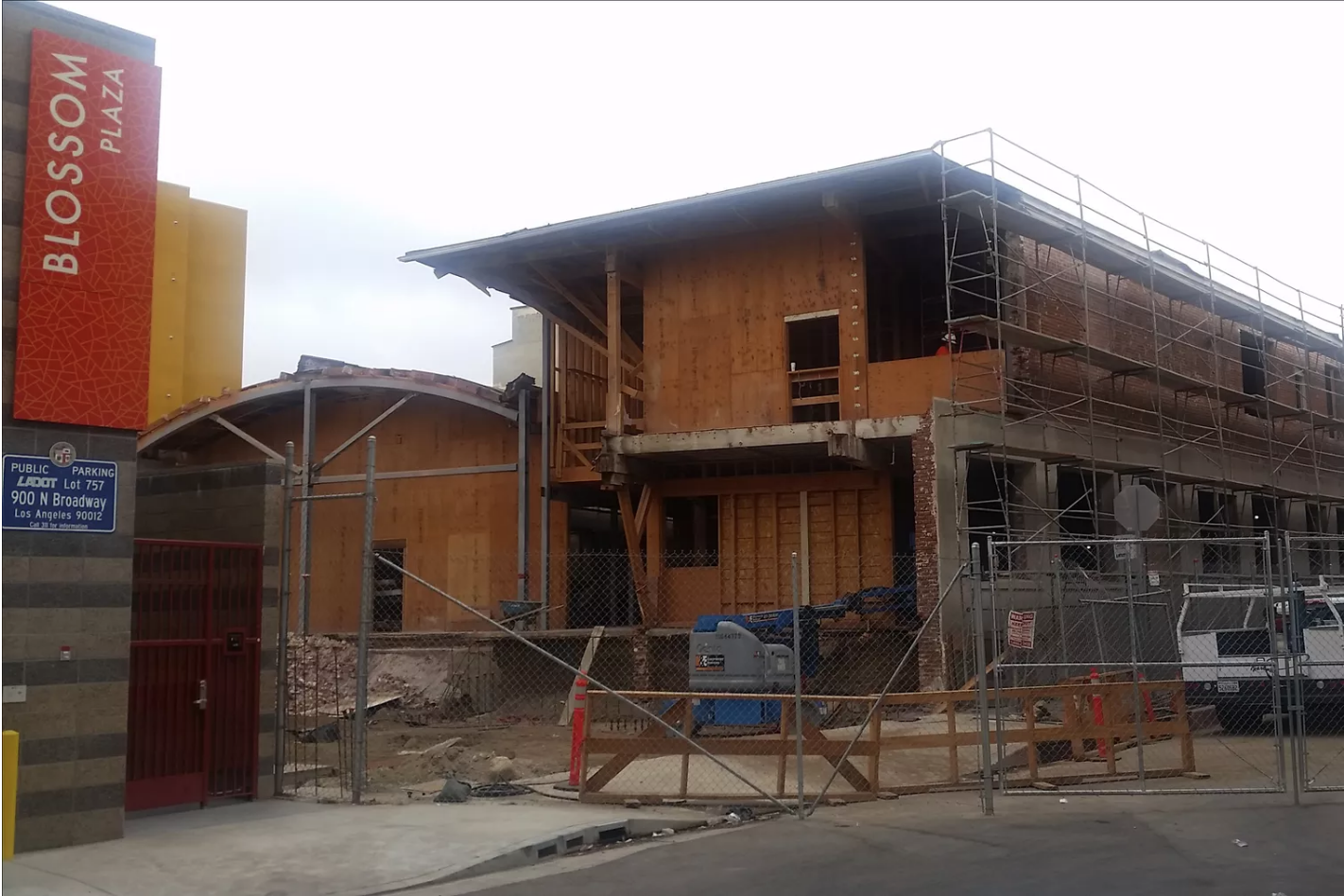The repurposing of the old Capitol Milling Company buildings in L.A.’s Chinatown has many people asking about adaptive reuse in Los Angeles commercial development. The pending transformation of a former mill site to the home of creative offices and trendy retail shops and restaurants is exciting but not anything new. Similar projects are happening throughout the world. With many old warehouse and industrial sites, schools, churches, and shopping malls long shut down, developers are finding creative ways to give these old and often historic sites new life without demolition. Let’s take a look at some of the benefits of adaptive reuse for developers, occupants, and the region.
Economic Sustainability
Arguably cost is the most important motivator for adaptive reuse. Project budget comes into play. Repurposing an old building for modern use is almost always more cost-effective than rebuilding. Very little demolition is required. Land acquisition is usually less expensive. Utilities are generally already connected – they may just need some updating. The very fact that there’s already a structure in place contributes to savings. Furthermore, many adaptive reuse projects may qualify for the Federal Historic Rehabilitation Tax Credit Program and up to a 20% tax credit. There may also be local tax credits available.
Environmental Sustainability
Needless to say, you can significantly reduce energy consumption by not demolishing an older structure and replacing it with a new building. Sure, there’s still some type of construction needed for most adaptive reuse projects. But less energy is used for this type of repurposing and improvements than demolition and new construction requires. Builders and developers are also using less energy when it comes to procuring, manufacturing, and transporting raw materials and supplies.
Historic Intergrity is Retained
It’s important to note that adaptive reuse doesn’t necessarily translate to historic restoration or preservation. That terminology typically means restoring a historic building back to its original state. Adaptive reuse is changing the structure’s intent to meet the needs of today’s occupants. While parts of the building’s facade or interior may be restored to look like it did decades ago, there may be a multitude of changes within the structure itself.
The rich architectural detail of yesterday is hard to replicate. Skilled labor was cheaper then. Architectural components like elaborate masonry, sculpted stone, columns, vaulted ceilings, marble, or carved wood can be cost prohibitive today. What adaptive reuse does is retains as much of the building’s original character and aesthetics as possible within the new framework.
Plus, certain buildings are woven into a region’s history and culture. They are where you, your parents, grandparents, or great grandparents worked, went to school, attended mass, watched movies, or shopped. In many cases, when you update a historical building, you’re preserving part of a city or neighborhood’s identity, history, and charm.

